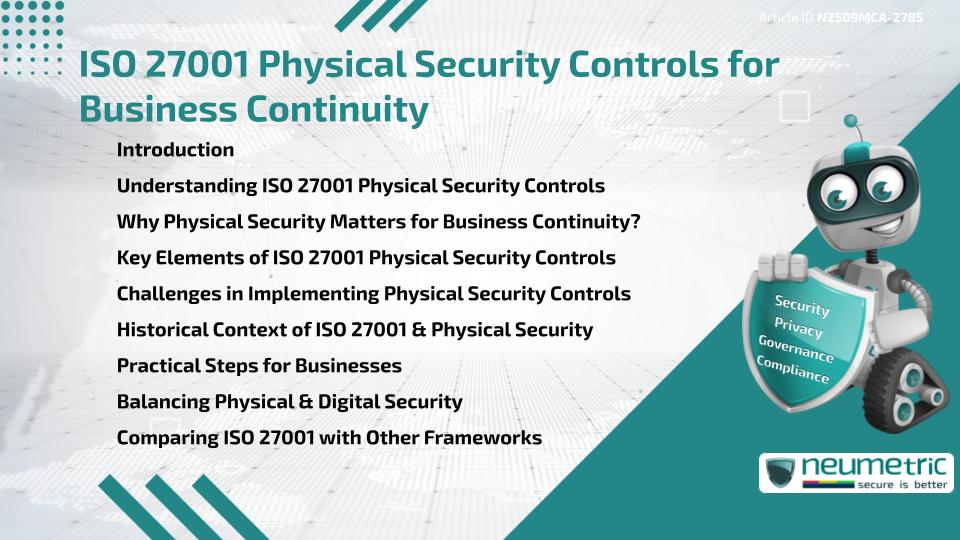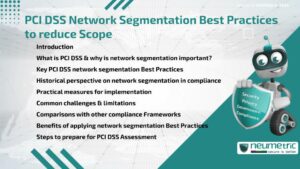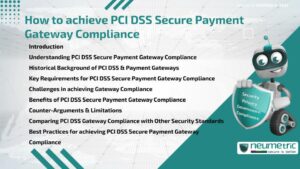Table of Contents
ToggleIntroduction
The ISO 27001 physical Security Controls are a critical component of maintaining Business Continuity. While many firms focus heavily on digital protections, physical safeguards against theft, damage & unauthorized access remain equally important. These controls, defined within the ISO 27001 standard, ensure that physical Threats do not disrupt operations or compromise Sensitive Data. This article explores the role, benefits & challenges of implementing ISO 27001 physical Security Controls, along with their connection to broader Business Continuity strategies.
Understanding ISO 27001 Physical Security Controls
ISO 27001 is an international Standard for Information Security management. Its physical Security Controls address how Organisations safeguard assets, equipment & facilities. These measures range from secure access systems to environmental protections like fire suppression & climate control. By integrating physical security with digital defenses, businesses create a holistic Information Security Management System [ISMS].
Why Physical Security Matters for Business Continuity?
Business Continuity depends not only on data backups & digital resilience but also on protecting physical resources. Unauthorized entry, natural disasters or even accidental damage can bring operations to a halt. Implementing ISO 27001 physical Security Controls reduces the Likelihood of such disruptions, ensuring that Organisations can continue serving clients even under adverse conditions.
Key Elements of ISO 27001 Physical Security Controls
The main components include:
- Access Control: Restricting entry to sensitive areas through locks, ID cards or biometric systems.
- Environmental safeguards: Protecting against fire, flooding or temperature fluctuations.
- Equipment security: Preventing theft or tampering of servers, laptops & storage devices.
- Monitoring & surveillance: Using CCTV or alarm systems to detect & deter Threats.
- Clear desk & screen Policies: Reducing Risks from unattended information.
Together, these controls provide layered defense to ensure resilience.
Challenges in Implementing Physical Security Controls
Despite their importance, Organisations face challenges in applying ISO 27001 physical Security Controls:
- Cost constraints: Installing surveillance, access systems & environmental protections can be expensive.
- Employee compliance: Staff may resist new Policies or bypass safeguards for convenience.
- Complex facilities: Large Organisations with multiple sites struggle to maintain consistent standards.
- Balancing openness & security: Firms must secure facilities without hindering productivity.
These obstacles highlight the need for planning, training & clear enforcement of Policies.
Historical Context of ISO 27001 & Physical Security
ISO 27001 evolved from earlier British standards, recognizing that Information Security must extend beyond IT systems. Historically, breaches often came from physical intrusions rather than cyberattacks. By including physical security in its Framework, ISO emphasized a broader understanding of Risks. Over time, Organisations have recognized that neglecting physical controls undermines even the strongest digital defenses.
Practical Steps for Businesses
To implement ISO 27001 physical Security Controls effectively, businesses should:
- Conduct a Risk Assessment to identify facility Vulnerabilities.
- prioritise measures based on potential impact.
- Establish clear access management Policies.
- Train Employees in physical security awareness.
- Test systems through regular drills & audits.
These steps build a culture of vigilance & preparedness.
Balancing Physical & Digital Security
A common misconception is that cyber defenses alone guarantee security. In reality, physical & digital safeguards must work together. For instance, a server room protected by encryption still faces Risk if left physically accessible. Combining firewalls with locked server racks illustrates the synergy of these controls.
Comparing ISO 27001 with Other Frameworks
While frameworks such as SOC 2 or NIST emphasize controls, ISO 27001 stands out by integrating physical, digital & organizational measures under a single ISMS. Its holistic approach ensures that no aspect of security is overlooked. This makes it a preferred choice for firms aiming to strengthen Business Continuity comprehensively.
Conclusion
The ISO 27001 physical Security Controls provide Organisations with the Framework to safeguard assets & ensure uninterrupted Business Operations. By addressing Threats from both physical & digital domains, these controls reduce Risk & increase resilience. Firms that embrace these practices position themselves for long-term continuity & trust.
Takeaways
- The ISO 27001 physical Security Controls protect facilities, equipment & data.
- They play a central role in maintaining Business Continuity.
- Implementation challenges include cost, compliance & scalability.
- A balanced approach combines both physical & digital safeguards.
FAQ
What are ISO 27001 physical Security Controls?
They are measures within ISO 27001 designed to protect facilities, equipment & information from physical Threats.
Why are physical Security Controls important for Business Continuity?
They ensure that disruptions from theft, natural disasters or unauthorized access do not halt operations.
What examples of physical controls are included in ISO 27001?
Examples include access restrictions, CCTV monitoring, fire suppression systems & clear desk Policies.
What challenges do businesses face when applying these controls?
High costs, Inconsistent Enforcement, Employee Resistance & Complex Facility management are common issues.
How do ISO 27001 physical Security Controls differ from Cyber measures?
While cyber measures protect data in digital form, physical controls safeguard the infrastructure & devices that store & process that data.
Do all businesses need the same level of physical security?
No, controls should be based on Risk Assessments & tailored to the organisation’s size, industry & regulatory requirements.
How does ISO 27001 compare with other frameworks?
Unlike SOC 2 or NIST, ISO 27001 integrates physical, digital & organisational controls under one Framework for holistic security.
Need help for Security, Privacy, Governance & VAPT?
Neumetric provides organisations the necessary help to achieve their Cybersecurity, Compliance, Governance, Privacy, Certifications & Pentesting needs.
Organisations & Businesses, specifically those which provide SaaS & AI Solutions in the Fintech, BFSI & other regulated sectors, usually need a Cybersecurity Partner for meeting & maintaining the ongoing Security & Privacy needs & requirements of their Enterprise Clients & Privacy conscious Customers.
SOC 2, ISO 27001, ISO 42001, NIST, HIPAA, HECVAT, EU GDPR are some of the Frameworks that are served by Fusion – a SaaS, multimodular, multitenant, centralised, automated, Cybersecurity & Compliance Management system.
Neumetric also provides Expert Services for technical security which covers VAPT for Web Applications, APIs, iOS & Android Mobile Apps, Security Testing for AWS & other Cloud Environments & Cloud Infrastructure & other similar scopes.
Reach out to us by Email or filling out the Contact Form…





